Home>Energy>Home Insulation & Ventilation>What Glue To Use For Car Weather Stripping
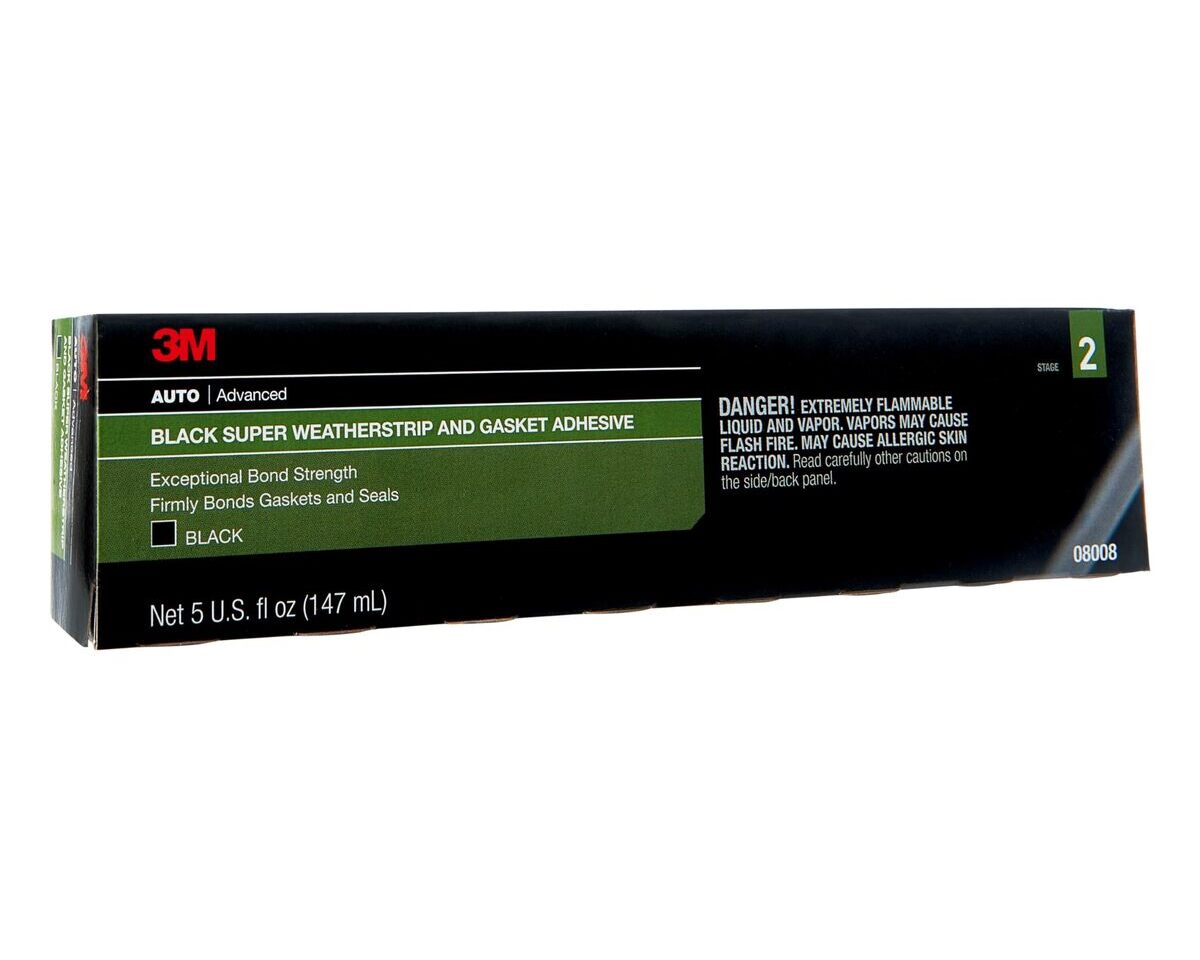

Home Insulation & Ventilation
What Glue To Use For Car Weather Stripping
Modified: February 25, 2024
Find the best glue for car weather stripping to ensure a secure and weatherproof seal. Learn about different options for home insulation and ventilation.
(Many of the links in this article redirect to a specific reviewed product. Your purchase of these products through affiliate links helps to generate commission for Storables.com, at no extra cost. Learn more)
Introduction
Welcome to the world of car maintenance, where every detail matters. When it comes to ensuring the longevity and effectiveness of your vehicle's weather stripping, choosing the right glue is crucial. Whether you're a seasoned car enthusiast or a novice DIYer, understanding the significance of using the appropriate adhesive for car weather stripping is essential.
Properly installed and maintained weather stripping not only enhances the aesthetic appeal of your vehicle but also plays a pivotal role in safeguarding it against external elements. From preventing water leaks to reducing noise and ensuring a comfortable driving experience, the weather stripping in your car serves multiple purposes.
In this comprehensive guide, we will delve into the world of car weather stripping and explore the importance of using the right glue for its installation and maintenance. We will also discuss the various types of glue suitable for car weather stripping, factors to consider when choosing the right adhesive, the application process, and valuable tips for maintaining the integrity of your car's weather stripping. So, buckle up and get ready to elevate your car maintenance game!
Key Takeaways:
- Choose the right glue for car weather stripping to ensure a strong bond, protecting your vehicle from water leaks and external damage, saving time and money in the long run.
- Regular maintenance, including cleaning, inspection, and lubrication, preserves the effectiveness of car weather stripping, contributing to a comfortable and secure driving experience.
Read more: How To Repair A Car With Weather Stripping
Importance of Using the Right Glue for Car Weather Stripping
Imagine a scenario where you’ve diligently replaced the weather stripping on your car to ensure optimal insulation and protection, only to find it peeling off or losing its effectiveness shortly after installation. This frustrating situation often stems from using the wrong type of glue. The right adhesive is crucial for securing the weather stripping in place and ensuring its long-term functionality.
Weather stripping serves as a barrier, sealing the gaps between various components of your car, such as doors, windows, and trunks. It prevents moisture, dust, and noise from infiltrating the vehicle’s interior, thereby enhancing comfort and maintaining a peaceful driving environment. However, without the appropriate adhesive, the weather stripping may fail to adhere securely, compromising its ability to fulfill these essential functions.
Moreover, using the wrong glue can lead to adhesive failure, resulting in the stripping detaching from the car’s surfaces. This not only diminishes the aesthetic appeal of the vehicle but also exposes it to potential damage caused by external elements. In extreme cases, inadequate adhesive can contribute to water leaks, leading to interior damage and corrosion.
By selecting the right glue for car weather stripping, you can ensure a strong and durable bond, maximizing the effectiveness and longevity of the weather stripping. This proactive approach not only safeguards your vehicle against environmental factors but also minimizes the need for frequent repairs and replacements, saving you time and money in the long run.
Ultimately, the importance of using the correct glue for car weather stripping lies in its ability to uphold the integrity of the stripping, preserve the vehicle’s interior, and contribute to a comfortable and secure driving experience. With the right adhesive, you can bolster the protective capabilities of the weather stripping, fortifying your car against the challenges of everyday use and varying weather conditions.
Types of Glue Suitable for Car Weather Stripping
When it comes to securing car weather stripping, choosing the appropriate glue is paramount. Various types of adhesives are suitable for this purpose, each offering distinct characteristics and application methods. Understanding the options available can empower you to make an informed decision based on your specific needs and the materials involved.
1. Butyl Tape: Butyl tape, known for its exceptional adhesive properties and weather resistance, is a popular choice for attaching car weather stripping. It effectively adheres to metal, rubber, and glass surfaces, providing a reliable seal that withstands environmental stressors. Butyl tape is particularly suitable for sealing applications, offering a strong and flexible bond that accommodates the movement of the weather stripping without compromising its effectiveness.
2. Polyurethane Adhesive: Polyurethane adhesive is prized for its versatility and durability. It exhibits excellent bonding strength and is compatible with a wide range of materials, including rubber and metal. This adhesive type is resistant to moisture and temperature variations, making it well-suited for securing weather stripping in automotive environments where exposure to different weather conditions is inevitable.
3. Silicone Adhesive: Silicone adhesive is renowned for its flexibility and resistance to extreme temperatures, making it an ideal choice for car weather stripping in regions with harsh climate conditions. It forms a strong bond with rubber and plastic components, offering reliable adhesion that endures fluctuations in temperature and exposure to UV radiation. Silicone adhesive is also known for its waterproof properties, providing added protection against moisture infiltration.
4. Super Weatherstrip Adhesive: Specifically formulated for automotive weather stripping applications, super weatherstrip adhesive is designed to create a durable bond between the stripping and the vehicle’s surfaces. This adhesive type excels in withstanding vibrations and mechanical stress, ensuring that the weather stripping remains securely attached despite the rigors of everyday driving.
5. Acrylic Foam Tape: Acrylic foam tape is valued for its high-strength adhesive properties and ability to conform to irregular surfaces. It offers excellent resistance to environmental factors and is designed to maintain its integrity over time, contributing to the longevity of the weather stripping. Acrylic foam tape is particularly effective in applications where a clean and seamless appearance is desired, as it eliminates the need for visible fasteners.
By familiarizing yourself with these types of glue suitable for car weather stripping, you can make an informed choice based on the specific requirements of your vehicle and the conditions it encounters. Selecting the right adhesive is a crucial step in ensuring the effectiveness and longevity of the weather stripping, contributing to a well-protected and visually appealing automotive environment.
Factors to Consider When Choosing Glue for Car Weather Stripping
When selecting the ideal glue for securing car weather stripping, several key factors should be taken into account to ensure a successful and long-lasting application. By considering these factors, you can make an informed decision that aligns with the specific requirements of your vehicle and the environmental conditions it encounters.
1. Material Compatibility: It is essential to choose a glue that is compatible with the materials of both the weather stripping and the surfaces to which it will be attached. Whether the stripping is made of rubber, plastic, or other materials, and whether it will be adhered to metal, glass, or painted surfaces, the adhesive must form a strong and durable bond without causing damage or deterioration to the materials involved.
2. Weather Resistance: Given the outdoor exposure and temperature variations experienced by automotive weather stripping, the selected glue should exhibit resistance to weather-related stressors. This includes withstanding moisture, UV radiation, temperature fluctuations, and other environmental factors that could compromise the adhesive bond and the integrity of the weather stripping over time.
3. Flexibility and Movement Accommodation: Car weather stripping is subject to movement and compression as doors, windows, and trunks are opened and closed. Therefore, the chosen adhesive should offer flexibility and accommodate the dynamic nature of the stripping without losing its bonding strength. This ensures that the weather stripping remains securely attached even as the vehicle experiences mechanical stress during operation.
4. Application Method: Consider the ease of application and the specific requirements of the installation process. Some adhesives may necessitate precise application techniques, while others may offer user-friendly application methods that align with DIY automotive maintenance. Additionally, the curing time and any special handling instructions should be taken into consideration to ensure a successful and efficient installation.
5. Longevity and Durability: The longevity of the adhesive bond is crucial for the sustained effectiveness of the weather stripping. Select a glue that is known for its durability and long-term adhesion, minimizing the need for frequent reapplications or replacements. A durable adhesive contributes to the overall integrity of the weather stripping, ensuring consistent protection and insulation for an extended period.
6. Manufacturer Recommendations: Consult the manufacturer’s guidelines and recommendations for the specific type of weather stripping and adhesive being used. Manufacturers often provide valuable insights into the most suitable adhesives for their products, as well as application tips and compatibility considerations that can inform your decision-making process.
By carefully evaluating these factors when choosing glue for car weather stripping, you can make a well-informed decision that promotes the longevity, effectiveness, and reliability of the weather stripping installation. Selecting an adhesive that aligns with these considerations is a proactive step toward maintaining a well-protected and resilient automotive environment.
When choosing a glue for car weather stripping, look for a weatherproof adhesive specifically designed for automotive use. Silicone or polyurethane adhesives are good options for a strong and durable bond.
How to Apply Glue to Car Weather Stripping
Proper application of glue to car weather stripping is essential for achieving a secure and long-lasting bond that upholds the integrity of the stripping. By following a systematic approach and adhering to best practices, you can ensure a successful installation that enhances the protective and insulating capabilities of the weather stripping. Here’s a step-by-step guide on how to apply glue to car weather stripping:
1. Surface Preparation: Begin by thoroughly cleaning the surfaces where the weather stripping will be attached. Remove any dirt, grease, or old adhesive residue using a suitable cleaner or solvent. Ensure that the surfaces are dry and free from any contaminants that could hinder the adhesive bond.
2. Cut and Test-Fit the Stripping: Cut the weather stripping to the appropriate length for the specific area of application, ensuring a precise fit. Before applying the glue, perform a test fit to confirm that the stripping aligns correctly with the surfaces and that any necessary adjustments are made prior to the adhesive application.
3. Select the Appropriate Glue: Based on the material compatibility, weather resistance, and other factors discussed earlier, choose the most suitable glue for securing the weather stripping. Ensure that the selected adhesive aligns with the specific requirements of the application and the environmental conditions the vehicle will encounter.
4. Apply the Adhesive: Following the manufacturer’s instructions, apply the glue to either the weather stripping or the surfaces to which it will be attached. Use a consistent and even application to ensure that the adhesive forms a strong and uniform bond. Take care to avoid excess glue that could lead to messy or ineffective bonding.
5. Press and Secure the Stripping: Once the adhesive is applied, carefully press the weather stripping onto the designated surfaces, ensuring that it adheres firmly and uniformly. Apply consistent pressure along the entire length of the stripping to promote optimal contact and bonding between the adhesive and the surfaces.
6. Allow for Curing: Depending on the type of adhesive used, allow sufficient time for the glue to cure and form a strong bond. Follow the manufacturer’s recommended curing time and any specific instructions regarding temperature and environmental conditions during the curing process. This step is crucial for ensuring the long-term effectiveness of the adhesive bond.
7. Trim Excess Material: After the adhesive has fully cured, trim any excess or protruding material from the weather stripping to achieve a clean and seamless appearance. Use a sharp utility knife or scissors to carefully trim the edges, ensuring a neat and well-finished installation.
By following these steps and paying attention to the specific requirements of the adhesive and weather stripping materials, you can effectively apply glue to car weather stripping, creating a secure and reliable bond that contributes to the overall protection and insulation of your vehicle.
Tips for Maintaining Car Weather Stripping
Effective maintenance of car weather stripping is essential for preserving its functionality and extending its service life. By implementing proactive care practices, you can ensure that the stripping continues to provide optimal protection and insulation for your vehicle. Here are valuable tips for maintaining car weather stripping:
1. Regular Cleaning: Incorporate regular cleaning of the weather stripping into your vehicle maintenance routine. Use a mild detergent or automotive cleaning solution to gently clean the stripping, removing dirt, dust, and debris that can accumulate over time. This prevents the buildup of contaminants that could compromise the effectiveness of the stripping.
2. Avoid Harsh Chemicals: When cleaning the weather stripping, avoid using harsh chemicals or solvents that could damage the rubber or other materials. Opt for gentle cleaning agents that are safe for the stripping material, ensuring that the cleaning process does not contribute to deterioration or degradation.
3. Inspection for Wear and Damage: Periodically inspect the condition of the weather stripping, paying attention to signs of wear, tearing, or damage. Check for any gaps or areas where the stripping may have become loose or detached. Promptly address any issues to prevent moisture infiltration, air leaks, or loss of insulation effectiveness.
4. Lubrication: Apply a silicone-based lubricant to the weather stripping to maintain its flexibility and prevent it from drying out or becoming brittle. This helps to preserve the integrity of the rubber or synthetic material, ensuring that it remains pliable and effectively seals the vehicle’s openings.
5. Protection from UV Exposure: Park your vehicle in shaded areas or utilize a car cover to minimize prolonged exposure to direct sunlight. UV radiation can contribute to the degradation of rubber and plastic materials, leading to premature wear and reduced effectiveness of the weather stripping. Protecting the stripping from excessive UV exposure can help prolong its service life.
6. Addressing Water Intrusion: If you notice water intrusion or moisture buildup around the weather stripping, investigate the source of the issue. Address any gaps, tears, or detachment of the stripping to prevent water leaks that could lead to interior damage and corrosion. Properly sealed and maintained weather stripping is crucial for safeguarding the vehicle’s interior from moisture infiltration.
7. Seasonal Maintenance: During seasonal changes, pay special attention to the condition of the weather stripping and address any issues that may arise due to temperature fluctuations and weather-related stressors. Adjustments and maintenance tailored to seasonal conditions can help preserve the effectiveness of the stripping throughout the year.
By implementing these maintenance tips, you can uphold the functionality and longevity of your car’s weather stripping, contributing to a well-protected and insulated automotive environment. Proactive care and regular inspections ensure that the stripping continues to fulfill its crucial role in safeguarding your vehicle against external elements and maintaining a comfortable driving experience.
Conclusion
Car weather stripping plays a vital role in maintaining the integrity of your vehicle, protecting it from external elements and contributing to a comfortable driving experience. By understanding the importance of using the right glue for weather stripping, as well as the various types of suitable adhesives and factors to consider when choosing them, you can ensure a secure and long-lasting installation that enhances the functionality of the stripping.
Proper application of the selected adhesive is crucial, and following the recommended steps for applying the glue to the weather stripping can result in a strong and reliable bond that withstands the rigors of everyday use. Additionally, implementing proactive maintenance practices, such as regular cleaning, inspection for wear and damage, and addressing seasonal considerations, ensures that the weather stripping remains effective throughout its service life.
Ultimately, the care and attention given to car weather stripping and its adhesive application contribute to a well-protected and insulated automotive environment. By maintaining the functionality and integrity of the weather stripping, you can enjoy a comfortable and secure driving experience while safeguarding your vehicle against moisture, noise, and other external factors.
As you embark on the journey of maintaining and caring for your car’s weather stripping, remember that the right adhesive, coupled with diligent maintenance, is the key to ensuring that your vehicle remains well-protected and insulated. Whether you’re a seasoned car enthusiast or a DIY novice, the knowledge and practices shared in this guide empower you to make informed decisions and take proactive steps toward preserving the functionality and longevity of your car’s weather stripping.
So, as you gear up for your next automotive maintenance endeavor, armed with the insights and tips provided here, rest assured that your car’s weather stripping will continue to serve as a reliable barrier, shielding your vehicle from the elements and enhancing your driving experience for miles to come.
Frequently Asked Questions about What Glue To Use For Car Weather Stripping
Was this page helpful?
At Storables.com, we guarantee accurate and reliable information. Our content, validated by Expert Board Contributors, is crafted following stringent Editorial Policies. We're committed to providing you with well-researched, expert-backed insights for all your informational needs.
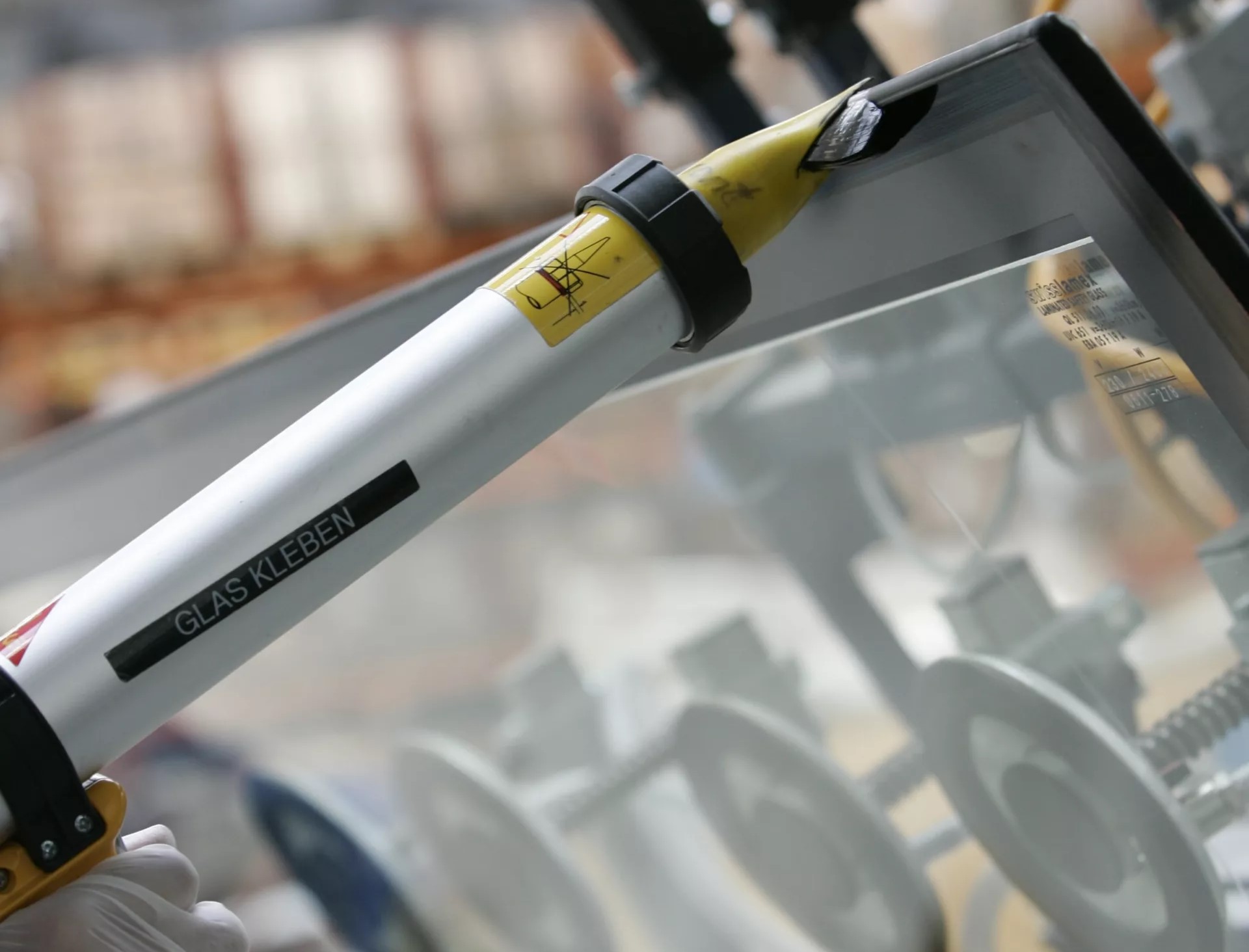
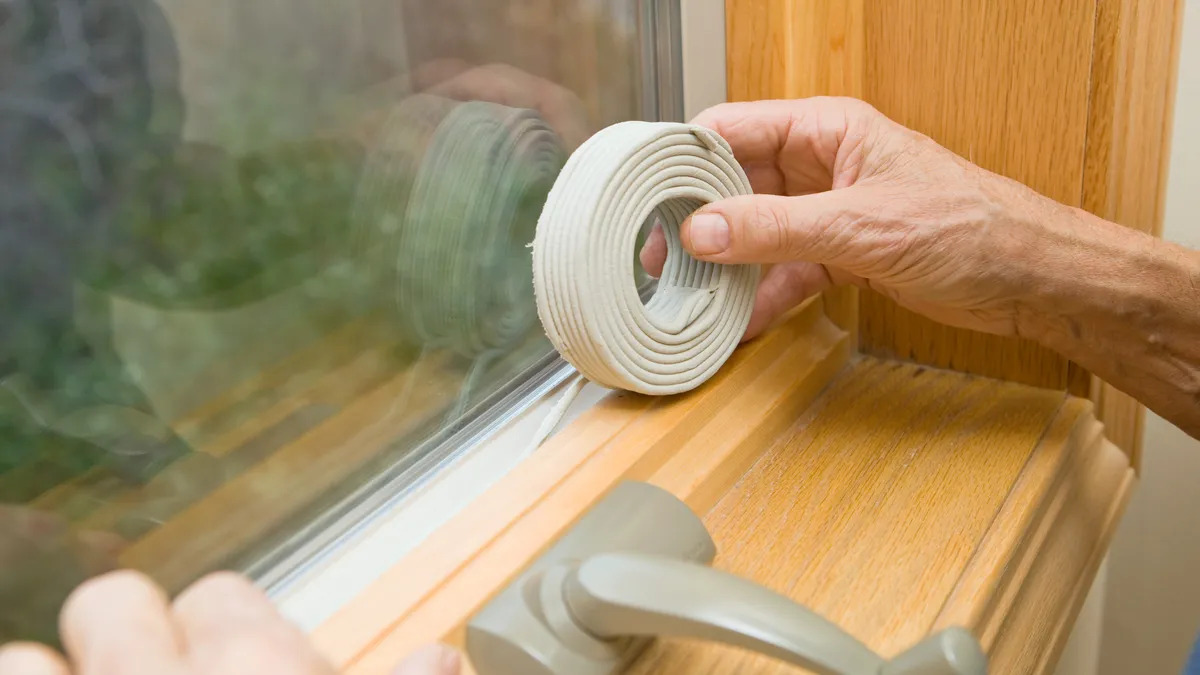
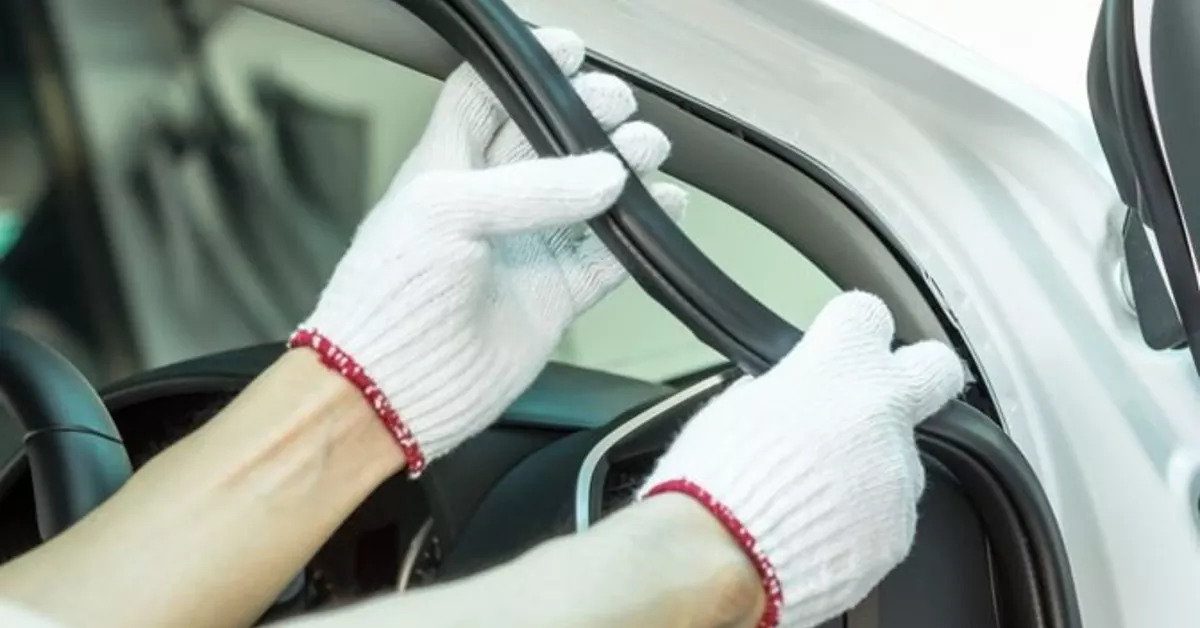
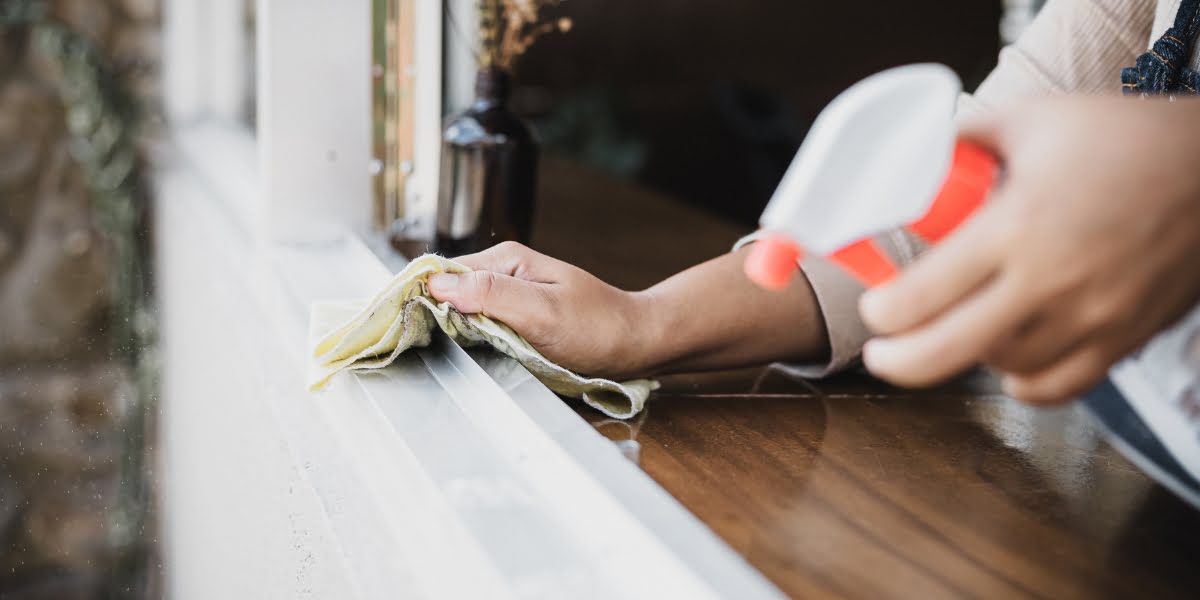
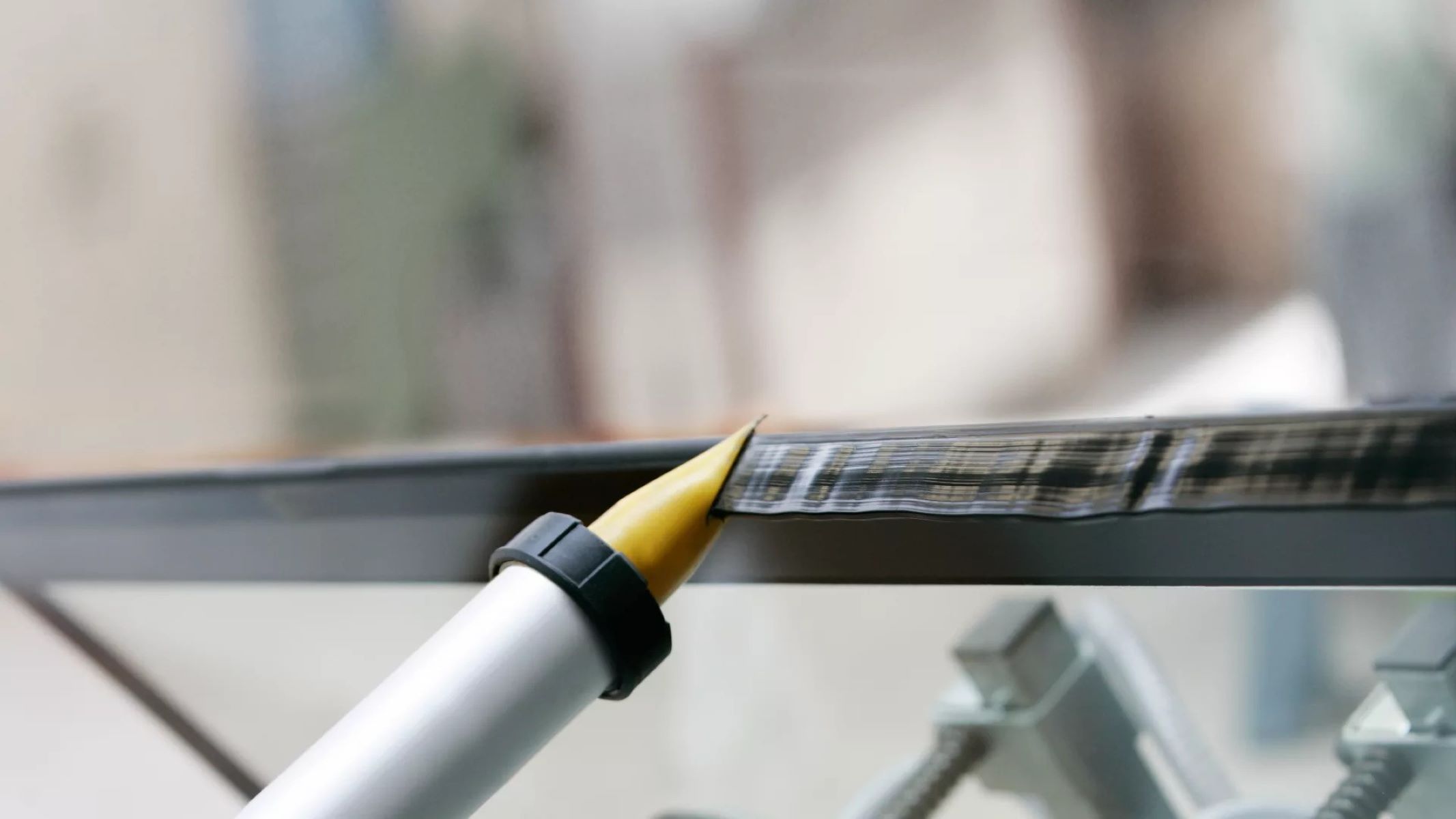
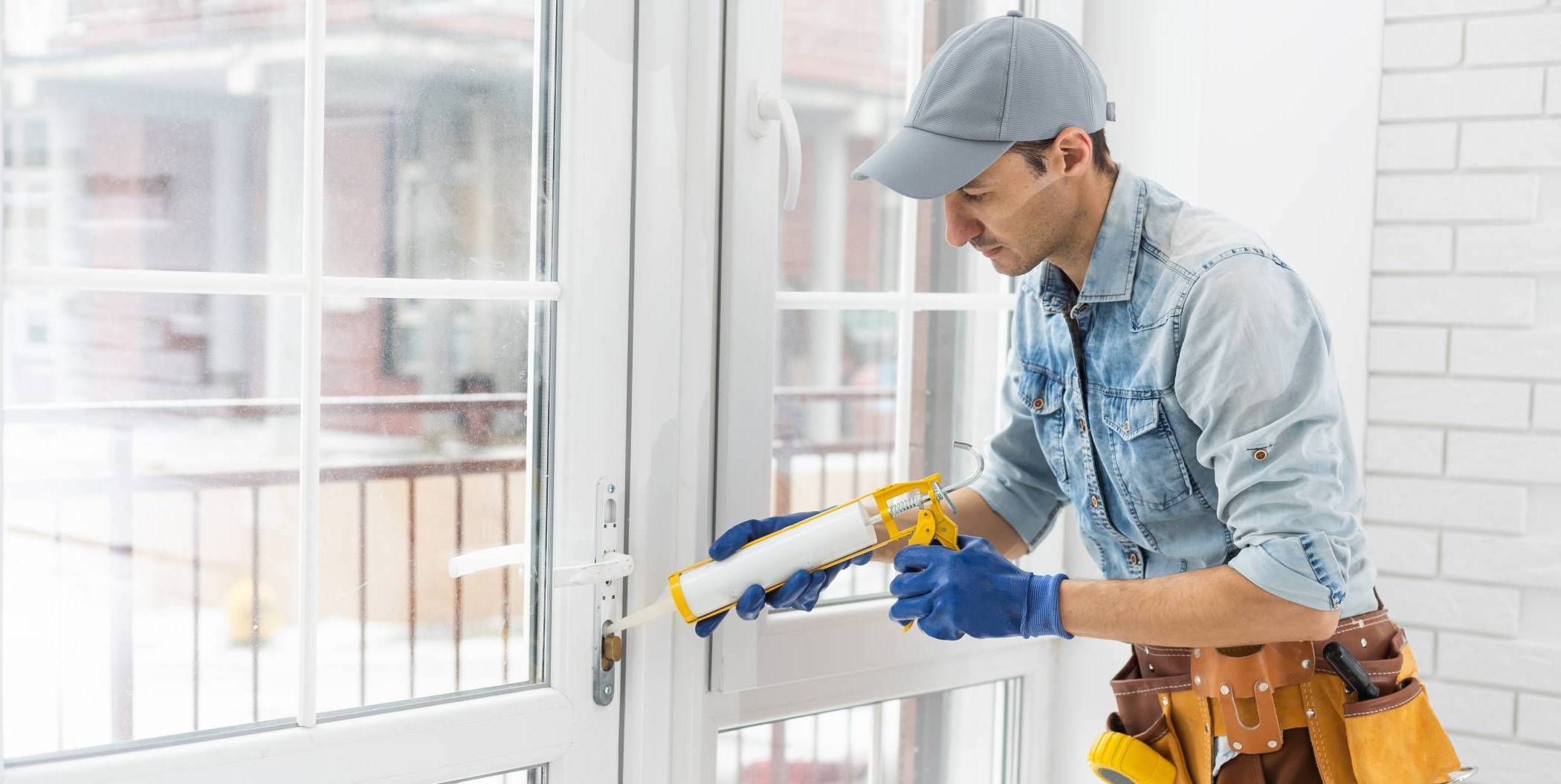
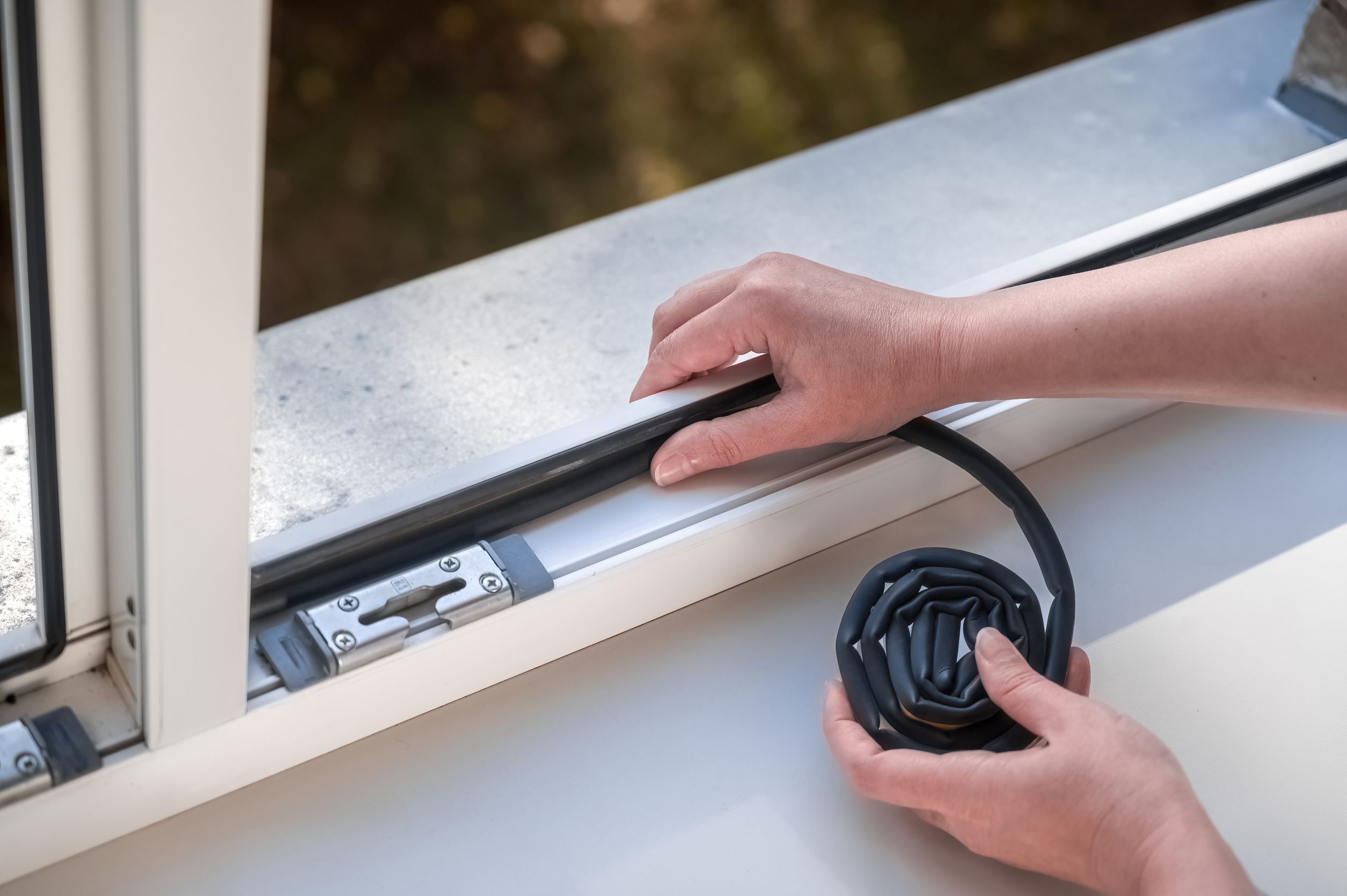
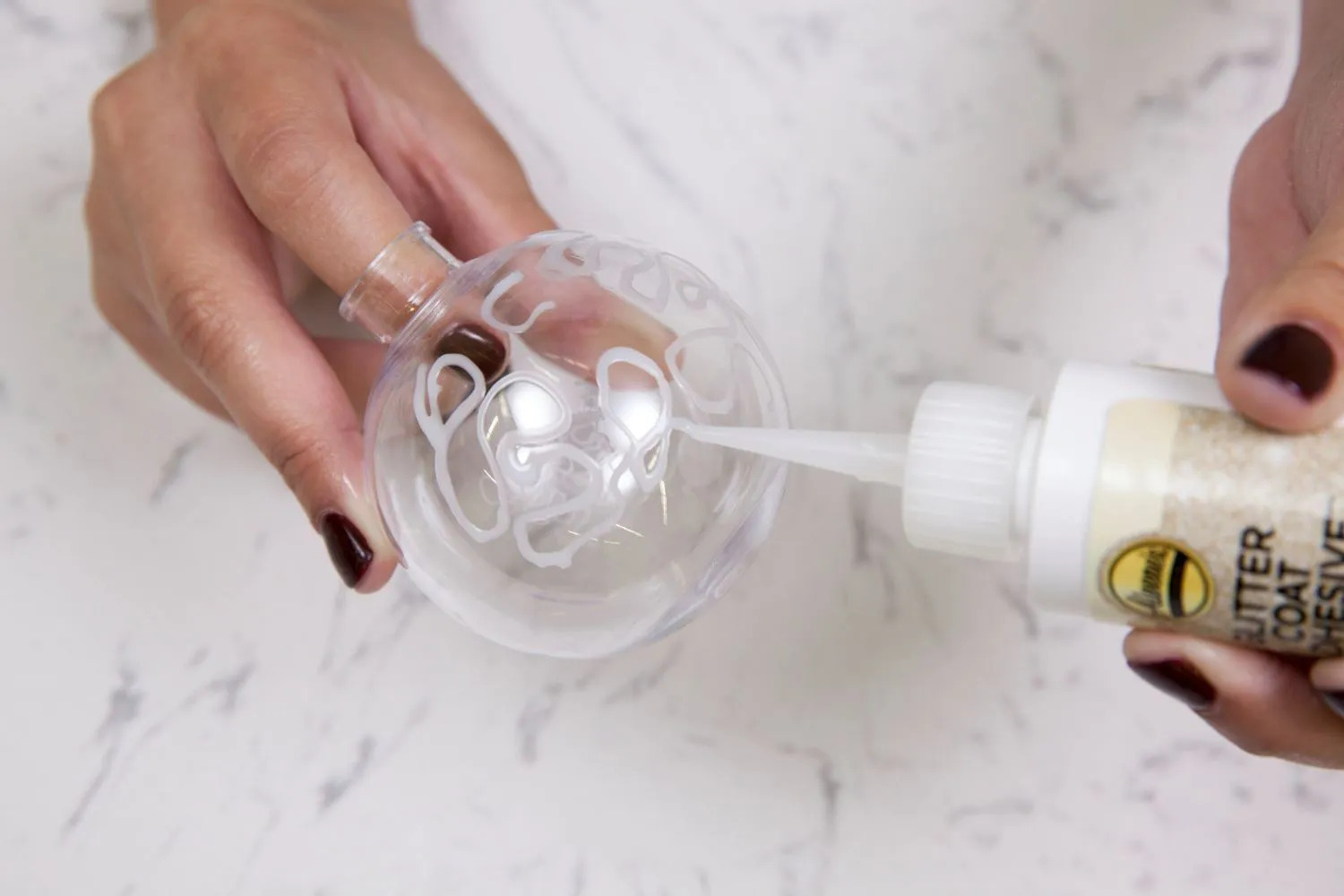
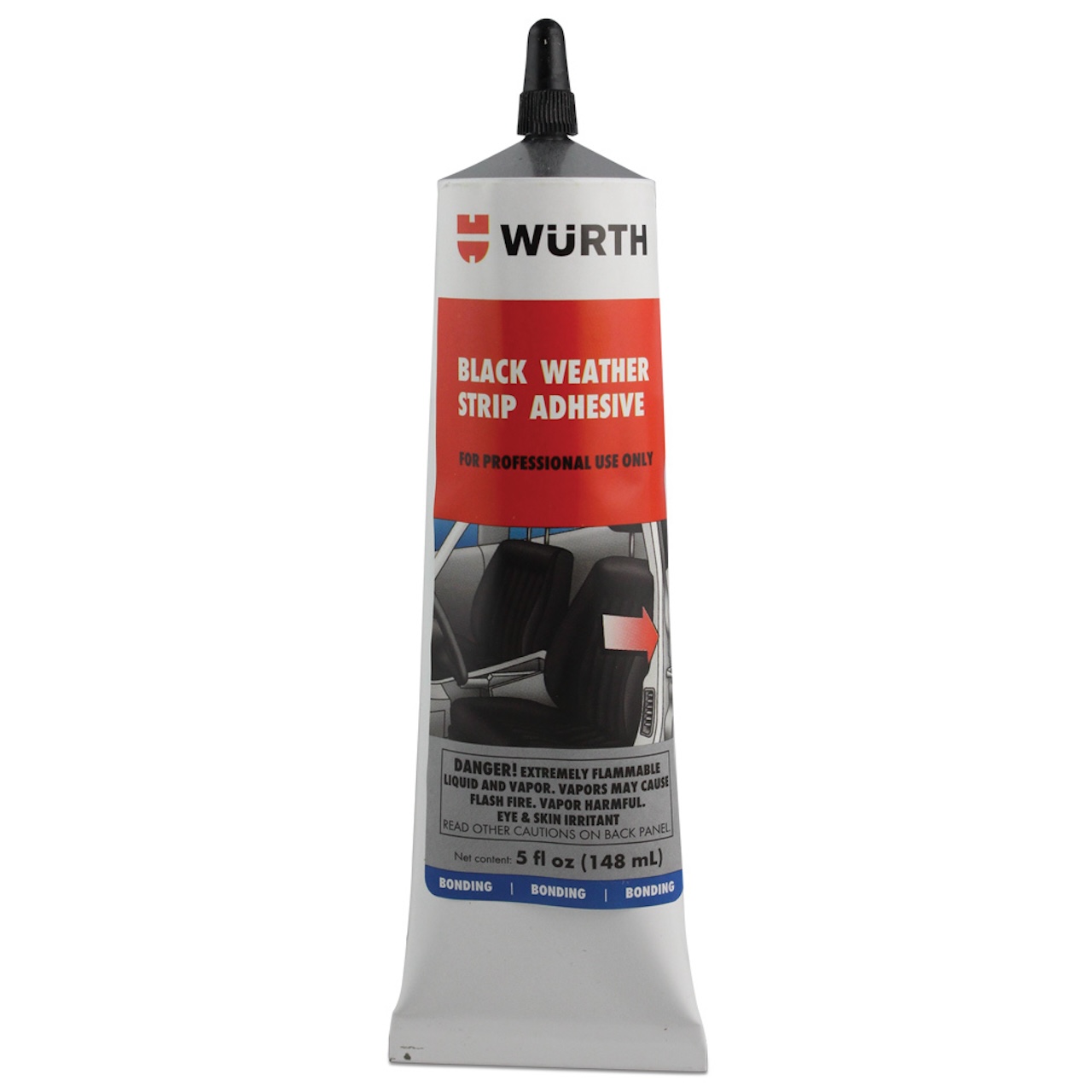
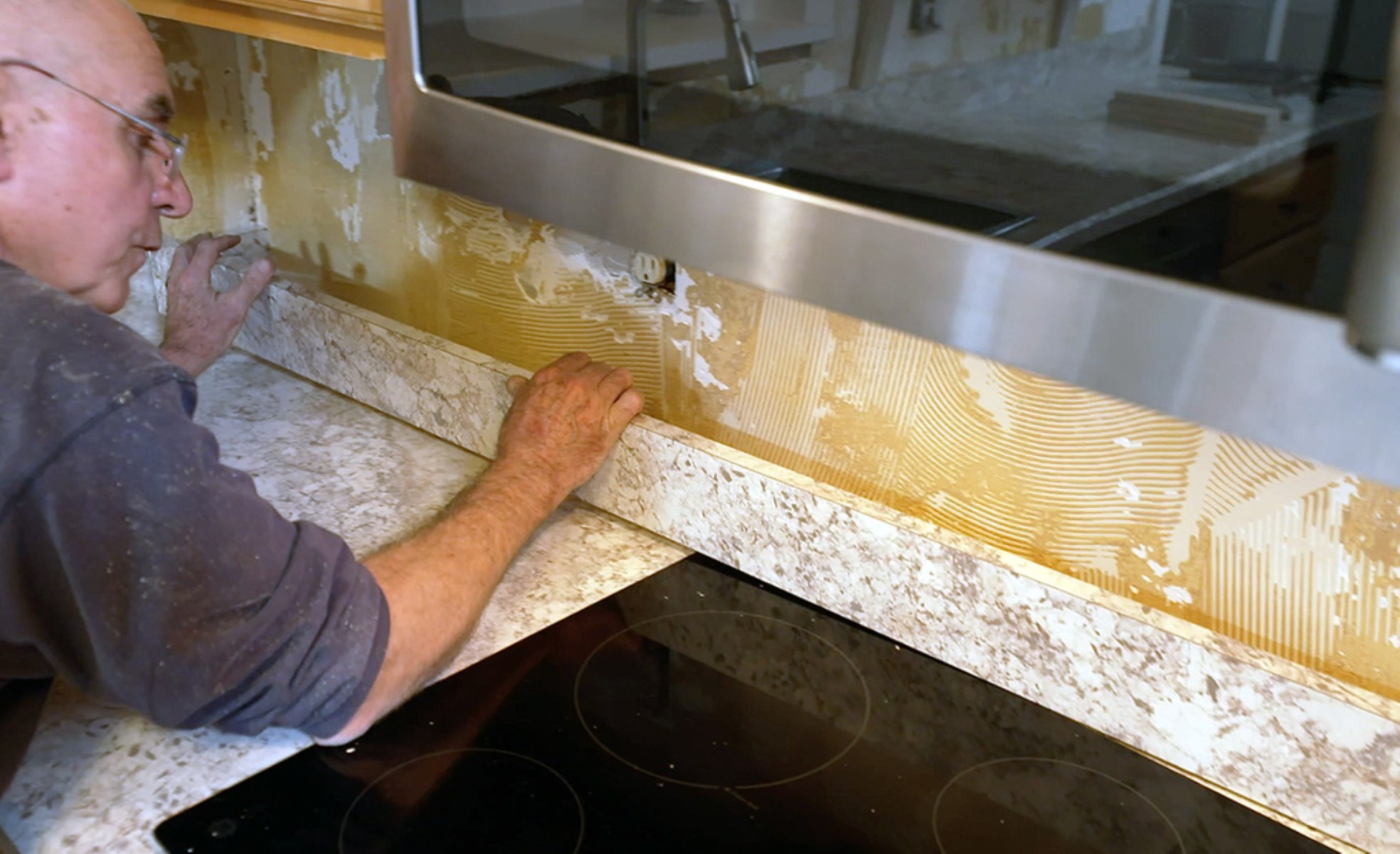
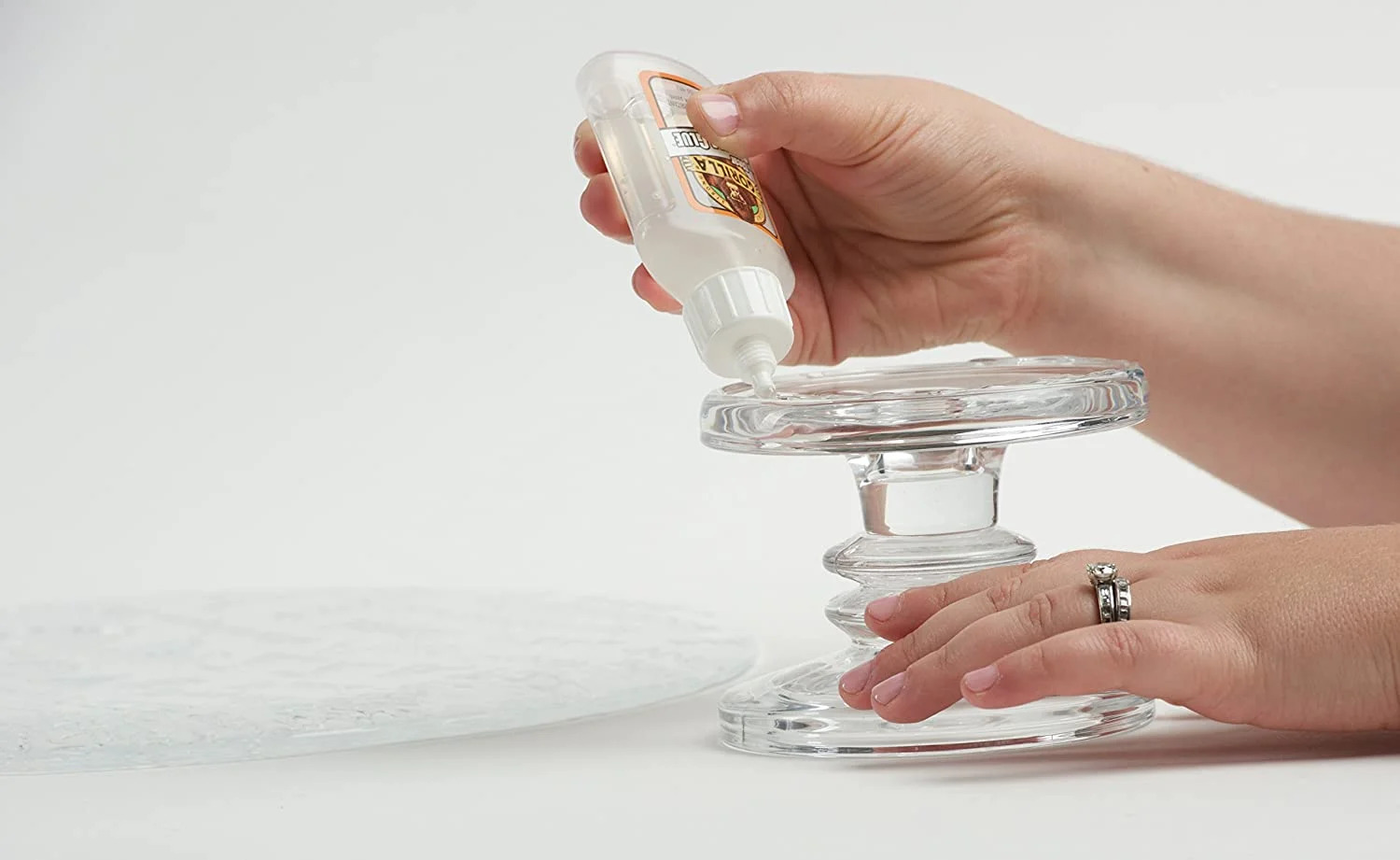
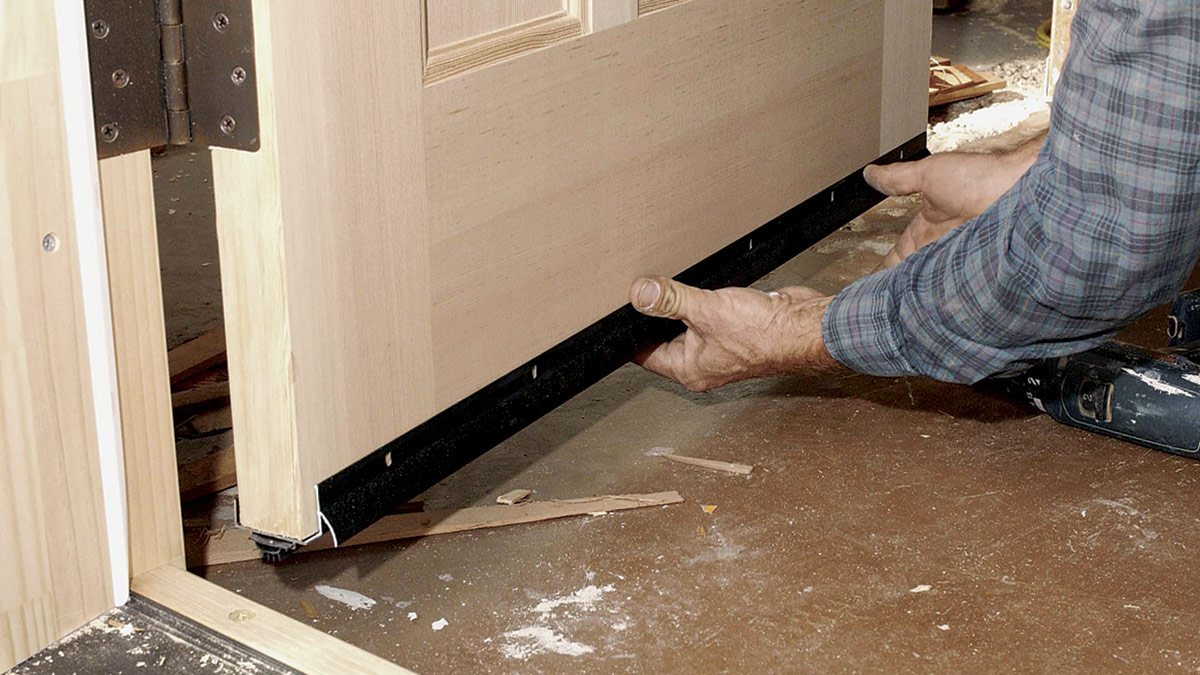
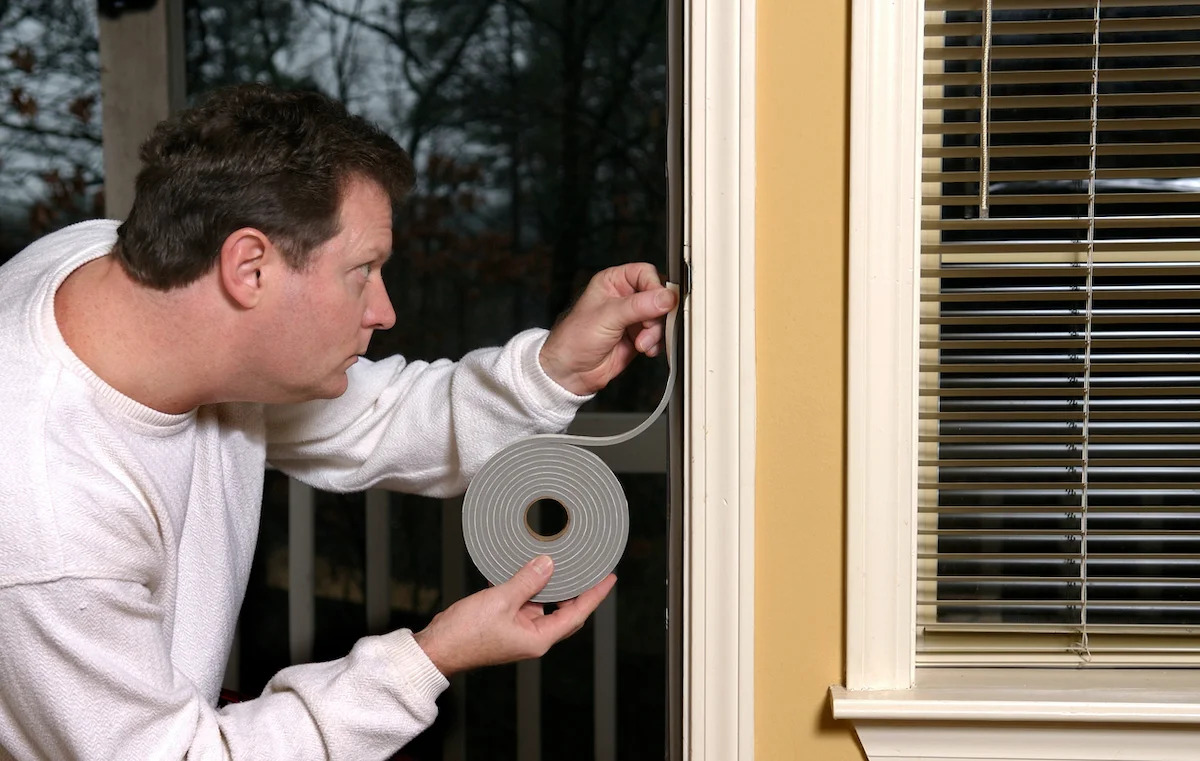
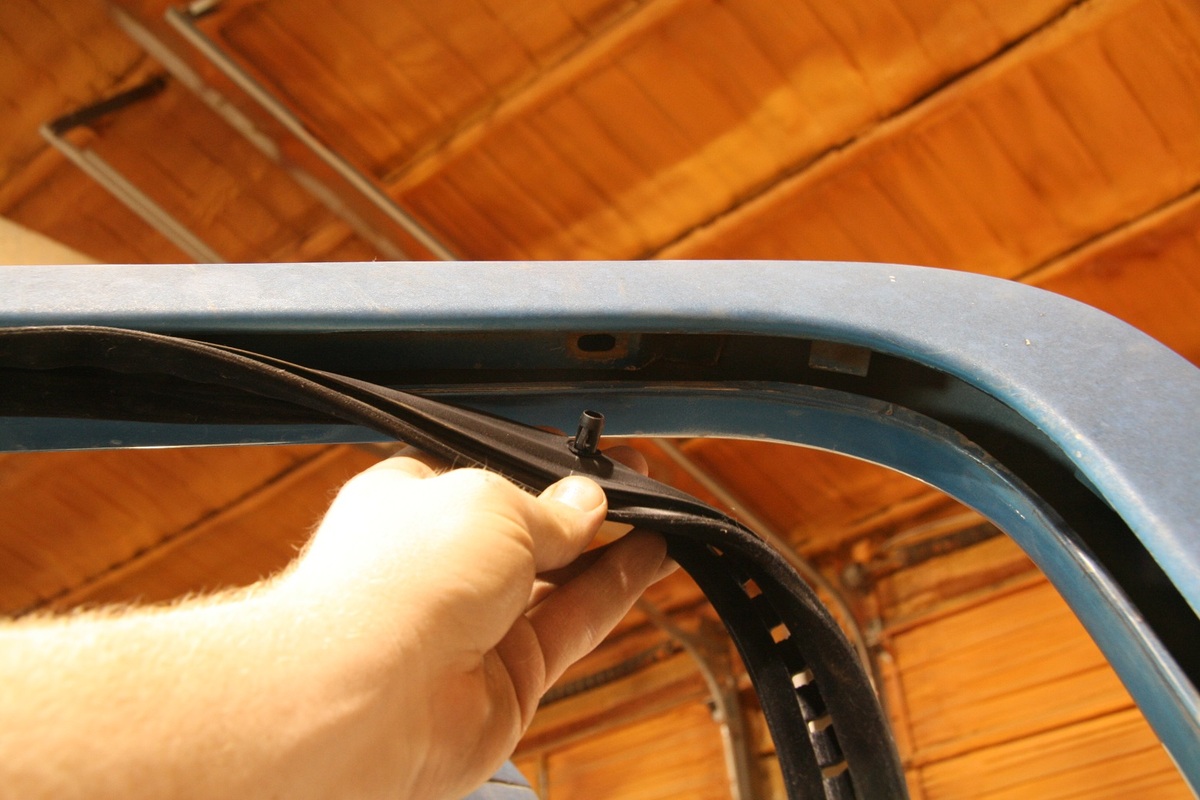

0 thoughts on “What Glue To Use For Car Weather Stripping”